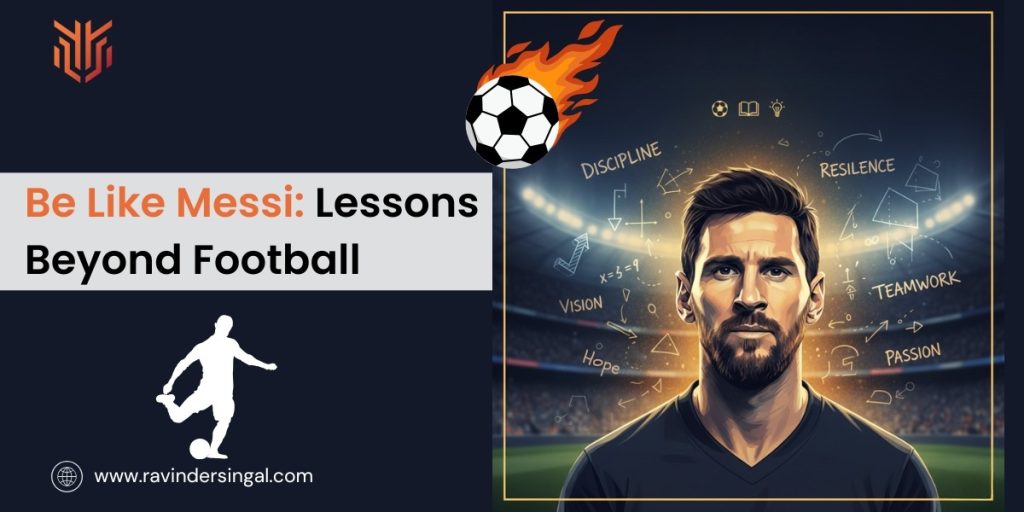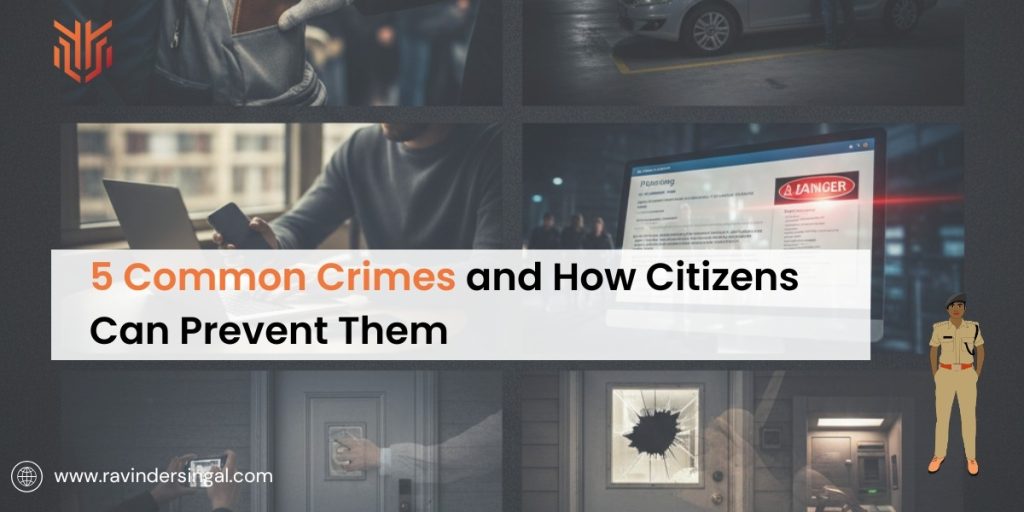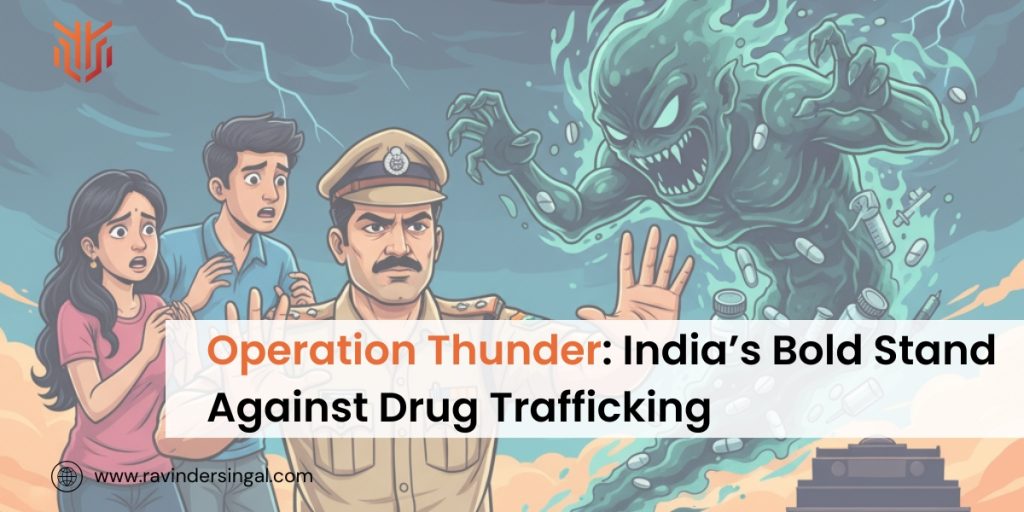Crowd Management at Concerts & Cricket Chaos
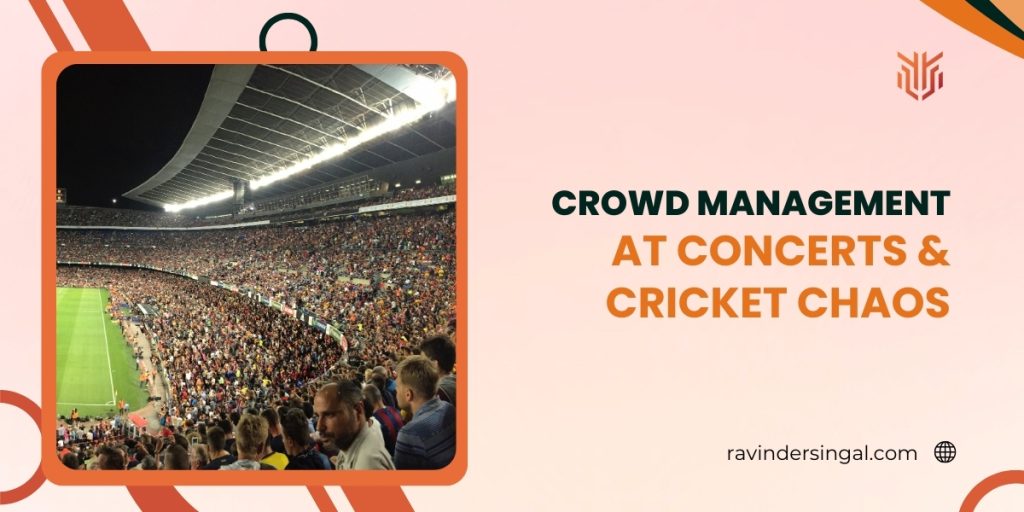
The electrifying energy of concerts and the nail-biting tension of cricket matches draw throngs of passionate fans, creating an atmosphere that’s exhilarating yet poses unique challenges. While the music rocks and the crowd roars, lurking beneath the surface is the critical need for effective crowd management.
Why is it so important? A 2022 study by the National Safety Council revealed that overcrowding is a leading factor in 60% of crowd-related incidents at large events. This underscores the importance of implementing robust crowd control measures to ensure the safety and well-being of every attendee.
In this exploration, we unveil the nuances of crowd control at concerts and navigate the chaos that ensues during thrilling cricket matches.
Understanding the Playing Field: Challenges & Risks
Imagine a sea of 50,000 concertgoers pulsating in unison or a cricket stadium erupting in a wave of celebration (or despair) following a game-changing moment. These scenarios highlight the potential risks associated with large crowds:
- Overcrowding: This can lead to bottlenecks, pushing, shoving, and even stampedes, posing a significant safety hazard.
- Unruly behavior: High emotions and excitement can sometimes translate to disruptive behavior, requiring immediate intervention.
- Panic situations: Unforeseen events or emergencies can trigger panic within the crowd, necessitating swift and coordinated response.
Planning the Perfect Performance: Strategies for Success
To navigate the chaos and orchestrate a harmonious experience, meticulous planning is key. Here’s what event organizers can do:
- Venue Selection: Carefully assess the venue’s capacity and ensure it aligns with the expected attendance. Consider the layout, ensuring proper flow of movement and avoiding bottlenecks.
- Pre-Event Preparation: Develop a comprehensive crowd management plan in collaboration with security personnel, emergency services, and medical staff. Clearly define roles and responsibilities for all parties involved.
- Communication is Key: Establish clear and concise communication channels between security personnel, event staff, and attendees. Utilize signage, announcements, and digital displays to keep everyone informed.
- Embrace Technology: Leverage crowd monitoring software, heat maps, and facial recognition systems for real-time data and insights to proactively address potential issues.
Crowd Control Experts: The Unsung Heroes
Security personnel are the guiding force during events, ensuring the safety and security of attendees. Their presence deters disruptive behavior and allows them to respond swiftly to emergencies.
Training is crucial to equip them with the necessary skills and knowledge to handle various situations, including:
- De-escalation techniques: Diffusing tense situations and resolving conflicts peacefully.
- Crowd control methods: Maintaining order and preventing disruptions through proper crowd management techniques.
- First aid and CPR: Providing immediate medical assistance in case of emergencies.
- The Power of Data: Visualizing the Impact
——————————————————————————————————————————————————————————————————————————
Dr. Ravinder Singal: The Consummate Crowd Management Expert
Dr. Ravinder Singal, a name synonymous with expertise and excellence in crowd management, stands as a true inspiration in the field. Beyond his impressive career journey and diverse accomplishments, Dr. Singal’s passion for ensuring safety and order in large-scale events shines through.
Here’s a glimpse into what makes Dr. Singal a distinguished figure in crowd management:
- Extensive experience: Dr. Singal has successfully managed large-scale events like the Kumbh Mela (witnessing over 1.5 million pilgrims daily), Guru Ta Gaddi celebrations, and numerous railway operations. This experience equips him with an in-depth understanding of crowd dynamics and the intricacies of crowd control.
- Academic prowess: Not only is he a seasoned practitioner, but Dr. Singal also holds a Ph.D. in Crowd Management, further cementing his theoretical knowledge and expertise in the subject. This blend of practical experience and academic grounding allows him to approach crowd management from a holistic perspective.
- Empathy and leadership: Dr. Singal is renowned for his empathetic approach to crowd management. He understands the importance of understanding diverse perspectives and employs de-escalation techniques and strong leadership qualities to navigate challenging situations effectively.
- Adaptability and innovation: Recognizing the evolving nature of crowd dynamics and potential challenges, Dr. Singal constantly seeks innovative solutions. Whether it’s leveraging technology for real-time monitoring or engaging the local community as volunteers, his willingness to adapt and experiment contributes significantly to successful crowd management outcomes.
Dr. Singal’s contributions extend beyond managing large gatherings. He actively shares his knowledge and experience by:
- Motivating and inspiring others: He delivers talks and workshops on crowd management, empowering others to implement effective strategies and prioritize safety and order.
- Advocating for social change: Through initiatives like Bal Biradari and residential schools for runaway children, he demonstrates his commitment to creating a safer and more inclusive society.
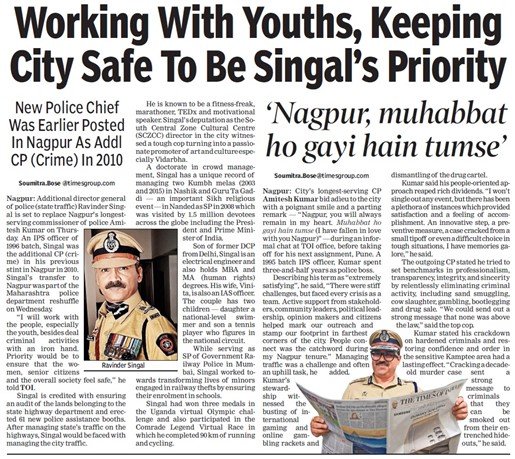
Dr. Ravinder Singal serves as a shining example of how dedication, expertise, and a passion for ensuring safety and tranquility can make a lasting impact in the field of crowd management. His journey continues to inspire and motivate others to prioritize responsible and effective crowd management strategies, ultimately shaping a safer and more well-coordinated future for large-scale events.
——————————————————————————————————————————————————————————————————————————
Stakeholders in Crowd Management: Roles and Responsibilities
The table below visually represents the different roles and responsibilities of various stakeholders involved in crowd management:
| Stakeholder | Roles | Responsibilities |
| Event Organizer | – Plans and budgets for the event. | – Develops and implements a crowd management plan. – Secures permits and licenses. – Selects and hires qualified vendors (security, medical, etc.). – Coordinates with stakeholders. |
| Security Personnel | – Maintains order and prevents disturbances. | – Enforces safety regulations and access control. – Responds to incidents and emergencies. – Ensures crowd flow management. |
| Emergency Services (Police, Fire, Medical) | – Responds to emergencies and renders assistance. | – Develops an emergency response plan in collaboration with the organizer. – Provides on-site personnel and resources. – Maintains communication channels during the event. |
| Venue Management | – Provides infrastructure and facilities for the event. | – Ensures the venue meets safety and security standards. – Collaborates with the organizer on logistics. – Provides access to event spaces and utilities. |
| Crowd Management Professionals | – Develops and executes crowd management strategies. | – Conducts risk assessments and crowd flow analysis. – Advises on crowd control techniques. – Monitors crowd behavior and identifies potential issues. |
| Public Officials | – Oversees permits and regulations. | – Provides directions and information to attendees. – Helps with crowd control activities (under supervision). – Supports with logistics and operations. |
| Volunteers | – Assists with various tasks as needed. | – Provides directions and information to attendees. – Helps with crowd control activities (under supervision). – Supports with logistics and operations. |
| Attendees | – Abides by event rules and regulations. | – Plans for their safety and well-being. – Respects other attendees and staff. – Communicates any concerns to event staff or officials. |
Illustrating Venue Crowd Distribution and Identifying Potential Issues
Here’s a descriptive approach illustrating potential scenarios and considerations:
1. Venue Layout:
Imagine a large concert venue with various sections:
- Main Floor: A large open area in front of the stage, typically standing room only and potentially the most crowded area.
- Seated Sections: Reserved seating areas surrounding the main floor, offering designated seating with varying crowd density depending on the section’s proximity to the stage.
- Concessions and Merchandise Stands: Scattered throughout the venue, attracting attendees and potentially creating temporary bottlenecks.
- Restrooms: Located at specific points, often leading to congestion during peak periods.
- Entrances and Exits: Designated entry and exit points, crucial for managing crowd flow and potential bottlenecks.
2. Identifying Potential Bottlenecks:
Based on the layout, here are some areas where bottlenecks might occur:
- Entrances and Exits: During entry and exit times, especially if poorly managed, these areas can become congested, creating a safety hazard.
- Main Floor: High concentration of attendees can lead to difficulties navigating, increasing the risk of crowd surges or crushing.
- Concessions and Merchandise Stands: As attendees gather to purchase items, temporary bottlenecks can form, especially if lines are long.
- Restrooms: During peak periods, access to restrooms can become congested, causing frustration and potentially leading to safety concerns.
3. Areas for Additional Security Personnel:
Based on the identified bottlenecks, here’s where additional security personnel might be necessary:
- Entrances and Exits: Sufficient personnel are crucial to ensure smooth entry and exit flow, manage queues, and maintain order.
- Main Floor: Security personnel should be strategically positioned throughout the main floor to monitor crowd behavior, manage density, and address any potential issues.
- Concessions and Merchandise Stands: Security personnel can help manage queues, prevent overcrowding, and ensure order around these areas.
- Restrooms: Depending on the venue size and expected traffic, having personnel near restrooms can help manage queues and prevent congestion, especially during peak periods.
4. Additional Considerations:
Crowd management strategies like designated entry and exit lanes, clear signage, and trained staff can significantly improve crowd flow and reduce potential bottlenecks.
Technology like crowd flow monitoring systems and real-time data analysis can provide valuable insights for optimizing crowd management and resource allocation. Constant communication and collaboration between different stakeholders, including security, venue staff, and event organizers, are crucial for ensuring a safe and enjoyable experience for all attendees.
Beyond the Basics: Shocking Facts and Revelations
A 2019 study found that over 70% of concertgoers experience anxiety related to crowd safety concerns. Effective crowd management can alleviate these anxieties and enhance their overall experience.
Research suggests that music tempo and genre can influence crowd behavior. Understanding these nuances can help tailor crowd control strategies accordingly.
The Final Encore: A Symphony of Safety and Enjoyment
Successful crowd management is a delicate orchestra, balancing the safety of attendees with the need for an enjoyable and unforgettable experience. By implementing the strategies outlined above, organizers can ensure that the music keeps playing, the runs keep flowing, and everyone leaves the venue with a positive memory.
Conclusion and Key Takeaways
In conclusion, the synergy of concerts and cricket chaos demands a nuanced approach to crowd management. A crowd management expert is pivotal in ensuring safety, security, and overall enjoyment for attendees. Through thorough planning, clear communication, and the integration of technology and well-trained personnel, organizers can create an unforgettable experience while maintaining order amidst the excitement and frenzy.
For the Latest information visit our Youtube Channel – Dr. Ravinder Singal
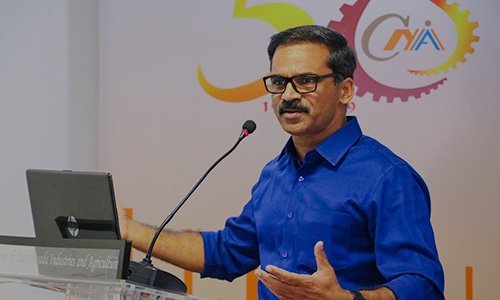
Quitters Don’t Win and Winners Don’t Quit.
Ironman | Deccan Cliffhanger | Comrade Legend Finisher | Motivational Speaker | Writer | Endurance Athlete



